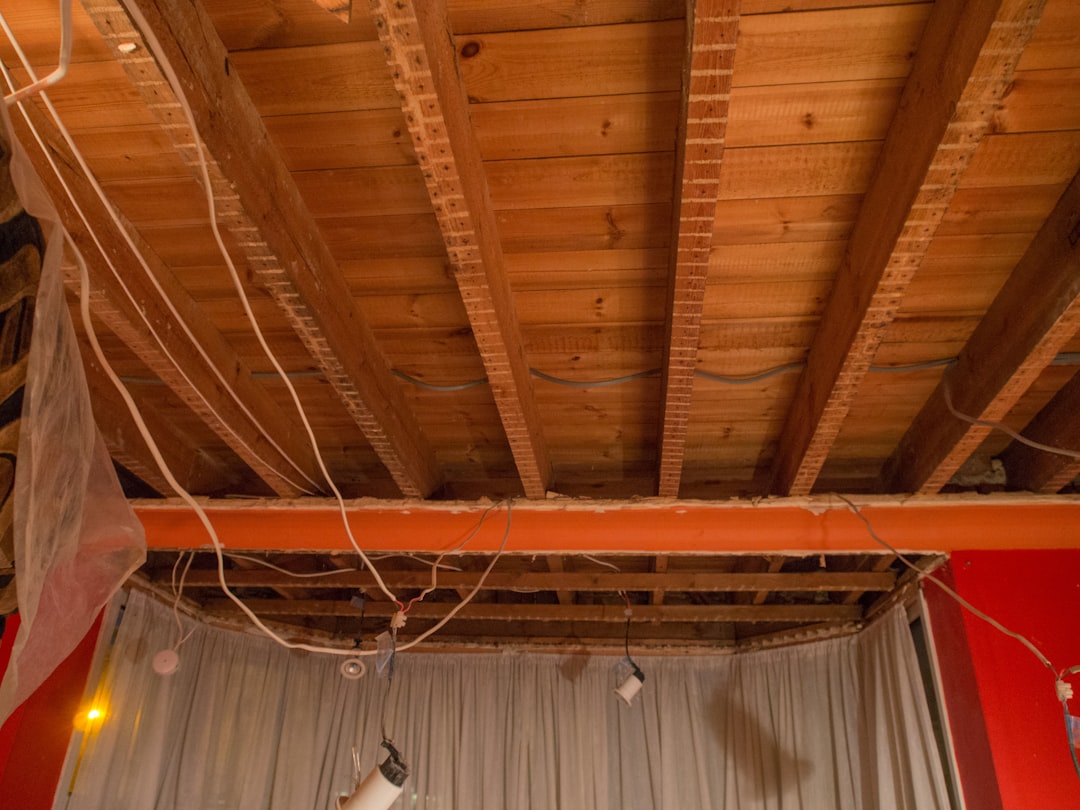
Homeowners, remodelers, and builders all ask the same question before tackling an attic or vaulted ceiling upgrade: “What is the labor cost to install insulation in ceiling spaces?” Because labor can account for 35 – 55 % of the total line item, an accurate figure is essential for controlling budgets and winning bids. At CountBricks, we generate that number in seconds with voice-driven AI estimating, but first let’s break down the moving parts.
• Energy codes are tightening, making R-49+ attic assemblies standard
• Labor is often higher than wall insulation because installers must work overhead or on scaffolding
• Retrofit jobs add teardown, debris removal, and air-sealing steps that inflate crew hours
Knowing the real labor cost up front lets you choose the right insulation type—batt, blown-in fiberglass, or spray foam—and schedule trades without expensive downtime.
1. Project Scope: Square footage and insulation depth translate directly into installer hours.
2. Access Difficulty: Tight rafters, existing finishes, or limited hatch openings slow production rates.
3. Ceiling Height: Vaulted cathedral ceilings require ladders and safety gear, adding setup time.
4. Prep Requirements: Air sealing, baffle installation, and electrical box covers add separate tasks.
5. Regional Wage Rates: Union scale in metro areas can run 15-25 % higher than suburban or rural markets.
• Batt insulation in open attic: 300–400 sq ft per labor hour
• Blown-in loose fill: 500–600 sq ft per labor hour (two-person crew)
• Dense-pack cellulose into existing drywall ceilings: 200–250 sq ft per labor hour
Multiply those production rates by local wage data—CountBricks updates these weekly—and you have a solid baseline. For example, in Minneapolis a two-person insulation crew averaging $56 per hour will add roughly $0.25–$0.35 per square foot in labor for blown-in fiberglass.
While spreadsheets and manual take-offs can take hours, CountBricks streamlines the process:
1. Scan or upload your blueprint to CountBricks.com/takeoff.
2. Speak the room dimensions and insulation type into your phone—our voice AI maps areas instantly.
3. CountBricks cross-references live regional wage tables and production factors.
4. An itemized estimate appears, showing line-item labor cost to install insulation in ceiling, materials, overhead, and profit.
The result: accurate bids delivered to clients before your competitors finish measuring the attic.
• Air sealing around can lights and soffits
• Moving or clipping electrical wiring away from hot fixtures
• Installing ventilation baffles at eaves
• Post-installation cleanup and bag disposal fees
CountBricks templates include these tasks automatically, eliminating surprise expenses on site.
Project: 1,200 sq ft ranch attic, R-49 blown-in fiberglass
• Labor: 2 installers × 5.5 hours × $28/hr = $308
• Materials: 42 bags fiberglass @ $38 = $1,596
• Prep & air seal: 1 crew hour = $56
• Cleanup & haul-off: $45
Total insulation package: $2,005
The homeowner receives a branded PDF straight from CountBricks.com/quote, complete with a digital signature block.
• Schedule attic access the same day HVAC or electrical rough-in finishes to avoid double trips
• Pre-stage material bundles near hatch openings
• Use blown-in netting for vaulted slopes to reduce ladder moves
• Rent a remote hose reel to save 20 % on setup time for large attics
CountBricks doesn’t stop at numbers. Our platform turns approved estimates into ready-to-invoice jobs, syncs with popular accounting software, and tracks actual crew hours in real time. When you compare field data to original projections, you sharpen future labor factors and push profitability higher on every ceiling you insulate.
Ready to find your exact labor cost to install insulation in ceiling spaces? Create a free account at CountBricks.com/start or book a live demo at CountBricks.com/consultation. Our team of residential construction specialists will have you winning warmer, more profitable projects in minutes.

A Minneapolis remodeler, Evergreen Homes, needed to reinsulate a 2,000 sq ft story-and-a-half bungalow. Traditional take-off methods projected 18 labor hours. By importing the PDF plans into CountBricks, the estimator highlighted each ceiling plane, voiced insulation specs, and received a detailed labor calculation—15 crew hours instead of 18.
• CountBricks flagged five recessed light cans that required fire-rated covers, so the crew came prepared and avoided mid-day supply runs
• The live production factor report suggested blowing cellulose from the ridgeline instead of multiple hatch moves, saving ladder time
• A cleanup allowance alerted the homeowner early, eliminating back-end negotiation
Field logs showed the crew finished in 14.7 hours—an 18 % reduction compared to the original manual estimate. With labor billed at $60 per hour, Evergreen pocketed an extra $190 in profit and closed the job a day sooner.
1. Upload one of last month’s insulation jobs into CountBricks.com/portfolio and compare our AI labor output to your final reconciled hours.
2. Use the variance dashboard to pinpoint where crews gain or lose time—tight soffits, ladder setup, or material staging.
3. Feed those insights back into your standard assemblies. The more you estimate with CountBricks, the smarter your labor factors become.
• Accurate labor forecasting is the fastest way to protect margins on ceiling insulation projects
• CountBricks blends real-time wage data, production rates, and blueprint takeoffs for unrivaled speed
• Contractors using CountBricks report 10-20 % higher bid accuracy and shorter field durations
Ready for results like these? Schedule a tailored walkthrough at CountBricks.com/consultation and discover how effortlessly precise your next ceiling insulation estimate can be.